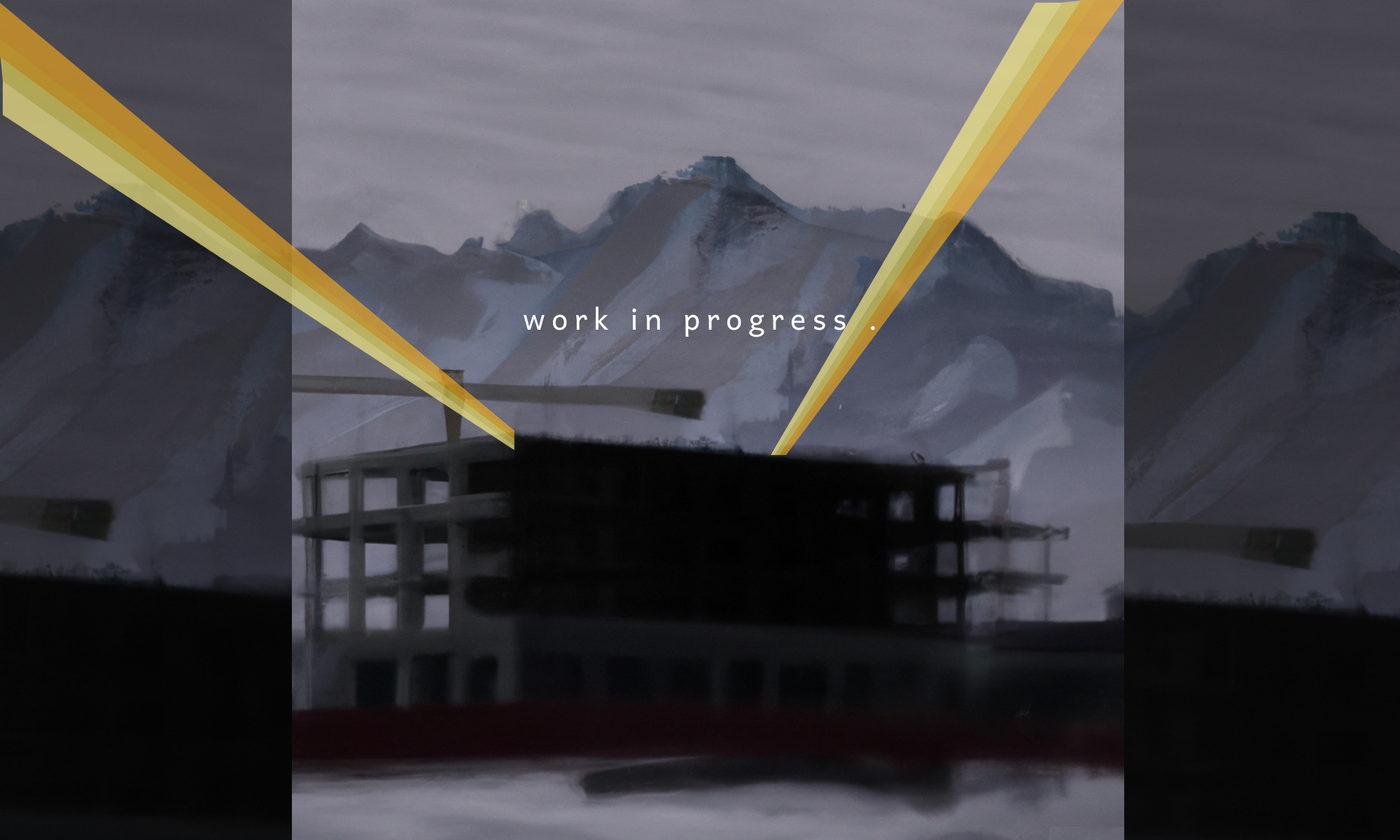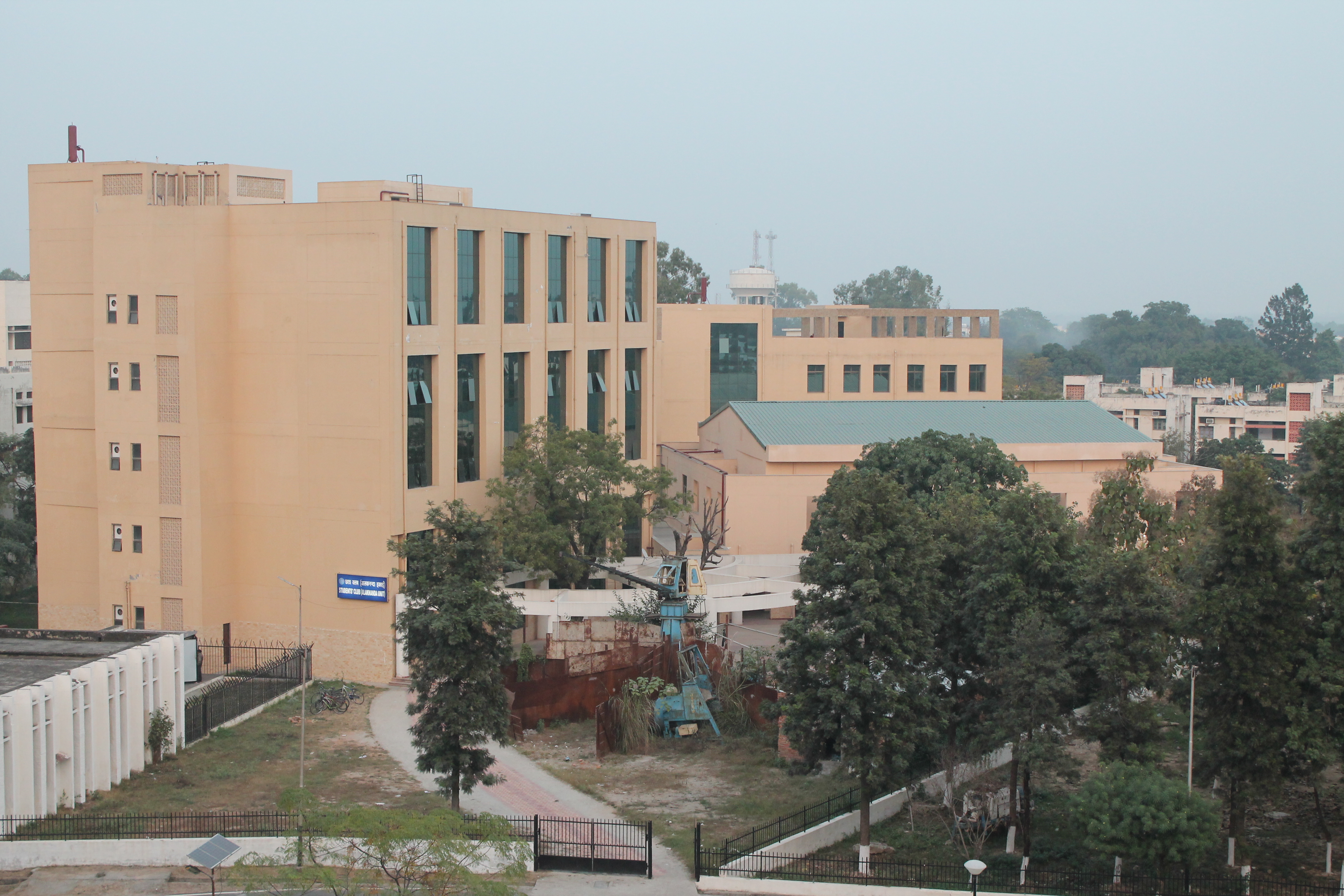

Body of IITR

The transition of the University of Roorkee into an IIT is a slow process, one that has spanned over the decade since its inception. The transition has been pockmarked with multiple ambitious projects that the administration initiates to expedite the change. However, IITR admin being the well oiled machinery that it is, the execution of these plans are often leave much to be desired. With each failed plan, the authorities head back to the drawing board with much gusto. After the million meetings that ensue, the plan in its makeshift form is put into action. And the cycle continues. WatchOut! News Agency sets out to analyse two of the most ambitious projects undertaken by the men in the white house over the past half year.
LOST IN TRANSITION
It was a bright cold day in August’12 and the clocks surely would have struck thirteen. Students at the 25-acre Saharanpur campus had long been denied facilities that their peers might take for granted at the Roorkee campus. After grappling with the administration’s nonchalance, 150 students – mostly undergraduates - of the Saharanpur campus sat down on a hunger strike demanding that they be shifted to the Roorkee campus. The strike was sternly cut short by issuing an ultimatum -“Either stop protesting or vacate your hostels”. The strike, which garnered national media attention, set the stage for the inevitable. From the academic year 2015-16, 2 of the 3 undergraduate programmes at Saharanpur (Paper and Pulp Engineering, Process engineering) were terminated and one (Polymer Science Engineering) was shifted to the main campus.
Saharanpur Campus, formerly known as the School of Paper Technology was established by the Government of India in 1964, with an aid from the Royal Swedish Government. This School was managed by a society created by U.P. Government until its merger with the then University of Roorkee in 1978. The Saharanpur campus has three departments viz. Department of Paper Technology, Department of Polymer and Process engineering and Department of Applied Sciences and Engineering on March 1, 2012.
Year after year, scores of clueless and naïve freshmen have had their expectations from an IIT brutally thrashed upon arriving at the Saharanpur campus. Where one would expect a thriving student community pursuing wide-ranging interests with astonishing levels of competency, freshmen are to make do with a 120-student group.
From this academic year onwards, to the delight of many and the collateral sorrow of many more, the institute has decided to do away with all the undergraduate programmes taught at the Saharanpur campus. A new programme, christened “Polymer Science and Technology” has been initiated at the Roorkee campus. The programme, currently coordinated by the chemical department, is the first of many “multi-disciplinary” programmes to come, which aim to combine the elements of different branches into one. To quote Dr. Pramod Agarwal, Dean of Academics, “It is a multidisciplinary programme. Right now it is coordinated by chemical department and in fact there is one major shift. Earlier we used to call these departmental programmes but now we just call them programmes. Earlier we used to have some courses as departmental courses. Now we plan to have “Programme core courses” and “programme elective courses”. So in future we are thinking about initiating more multidisciplinary programmes. We also plan to start a B.tech aeronautical engineering programme for which the course structure is almost ready. Then we plan to start a programme for High speed railway engineering.”
This decision leaves a 100-odd undergraduate students in the Saharanpur campus caught in between the transition. Their population shrinking each year as a batch graduates.
Considering the cruel banality of academics, an active peer group forms the core of a student’s learning experience in the institute. As the numbers suggest, there is not much of a choice when it comes to having late night bakar sessions or seeking vital career advice, both being equally important aspects of a successful student life.
Along with the glaring lack of a diverse peer group, the students also face an overwhelming dearth of co-curricular activities to pursue. It was only after the hunger strike of 2012 that the construction of a basketball court, two tennis courts and a covered swimming pool was sanctioned. In recent times, the Saharanpur chapter of IMG was dissolved, leaving budding developers and programmers in Saharanpur devoid of much needed guidance. .
The shifting of the remaining students to Roorkee is a debatable issue . The programme is in its nascent stages, and is yet to find its footing. The absence of departments and lab equipment will see them commuting from Roorkee to Saharanpur on a frequent basis. The first batch of undergrads will be denied the guidance of their seniors, which is an inevitable evil. Professors from respective departments will be necessary as courses become increasingly specific in later years. The course structure has been tweaked to accommodate the changing dynamics of the course. The number of departmental courses have been cut down and more courses by the chemical engineering department have been introduced. This tradeoff, in turn, compromises on the integrity of the branch. The planning however seems rather dodgy. What with this being the first batch of students undergoing the new curriculum, the kinks are yet to be identified and ironed out. “In 1st year, we have a lot of common courses. So whatever labs we have will be taken care of. The labs in the chemistry department and the chemical department will be used and in time to come we will develop the labs here. But if required the students will go to Saharanpur and do the practicals . Otherwise also they will visit Saharanpur regularly”, says Dr. Pramod Agarwal when questioned on the issue. With about 40 freshmen currently residing in Azad Bhawan, alienated from the rest of their batchmates, accommodating more students with the existing infrastructure might pose a problem.
The shutdown of undergraduate programmes at Saharanpur has been long in the coming and is potentially a mammoth endeavour. The very initiation of the same by the administration is highly commendable.
ALL UNDER A ROOF
The newest addition to the concrete jungle that the gaon is rapidly turning out to be is the towering Multi Activity centre. On the cards for the past decade, it was touted to be the cultural and recreational hub of IITR. The process of construction for the Multi Activity Centre was initiated in 2011. IITR witnessed a shift in gears with an entirely new administration which had the project stalled for more than a year. Last January, on the 20th the doors of the MAC were finally flung open to the junta of IITR. We made our way in through the labyrinthine structure only to find it unfinished and in shambles, complete with potholes and only a barely functional auditorium to speak for it.
About a year later, the MAC is slowly gaining momentum. The students block now houses all student activities, and the Alaknanda club.
Meanwhile, the air is rife with malcontent. Complaints have been pouring in from the Cultural Council and the fests alike about how around 15 student activities have been crammed into less than 3 floors. A bit of digging tells us that the centre was originally slated exclusively for the Cultural Council. The decision to extend the administrative blocks led to a drastic change of plans. This did not bode well for multiple sections of the Cultural Council which were left with no rooms or, if at all, inadequate rooms. These concerns, when raised in an open meeting with the DoSW, were addressed and even though further allotment of space was denied, it was promised that the rooms allotted to various sections would be equipped to meet their needs.
The third floor, now, has the fests and the SAC office packed into it. A vast expanse of land on the fourth floor is left empty. This was originally supposed to house the bowling alley which has now been scrapped due to lack of contractors, but no plans have been made regarding the usage of the space.
The planning for the multi activity centre was haphazard at best. All sections were asked for specifications but in the hustle and bustle that followed, they’ve been ill heeded. The feasibility and utility of the allotments have been brought into question multiple times. What is alarming, however, is the fact that nothing has been done yet to rectify this.
Prof. UP Singh, the dean of administration, says, when asked about the disruption in planning and construction, “Even I wasn’t in the system back then, only the director and the deans of that time can only tell why the plans for the centre spawned”.
The only occupant of the public block right now is a not so subsidized Amul outlet. The licensing for the other outlets, CCD and Saatviko to name a few, is underway, albeit at snail’s pace. There are also provisions for utility stores and atm facilities.
Deovrat Aggarwal, the Institute Architect tells us that there are plans for a Student Activity Centre to be built opposite Kasturba Bhawan in the five years to come. The rest of the sections, and the entire Hobbies Club will be shifted here.
Granted it hasn’t been long since the MAC has been functional, and it will be interesting to see how it reaches its maximum after an asymptote. As promised, false or otherwise, by the end of this academic year, all the slots will be allotted and about half will start functioning.
Epilogue
There was a time when all looked lost for our brethren at Saharanpur. There was a time when we’d have been tickled pink by the idea of such a centre opening. Well begun is half done, they say. The sole initiation of these gigantic projects is enough to overlook what could have been copious flaws in execution. No plan can be foolproof.